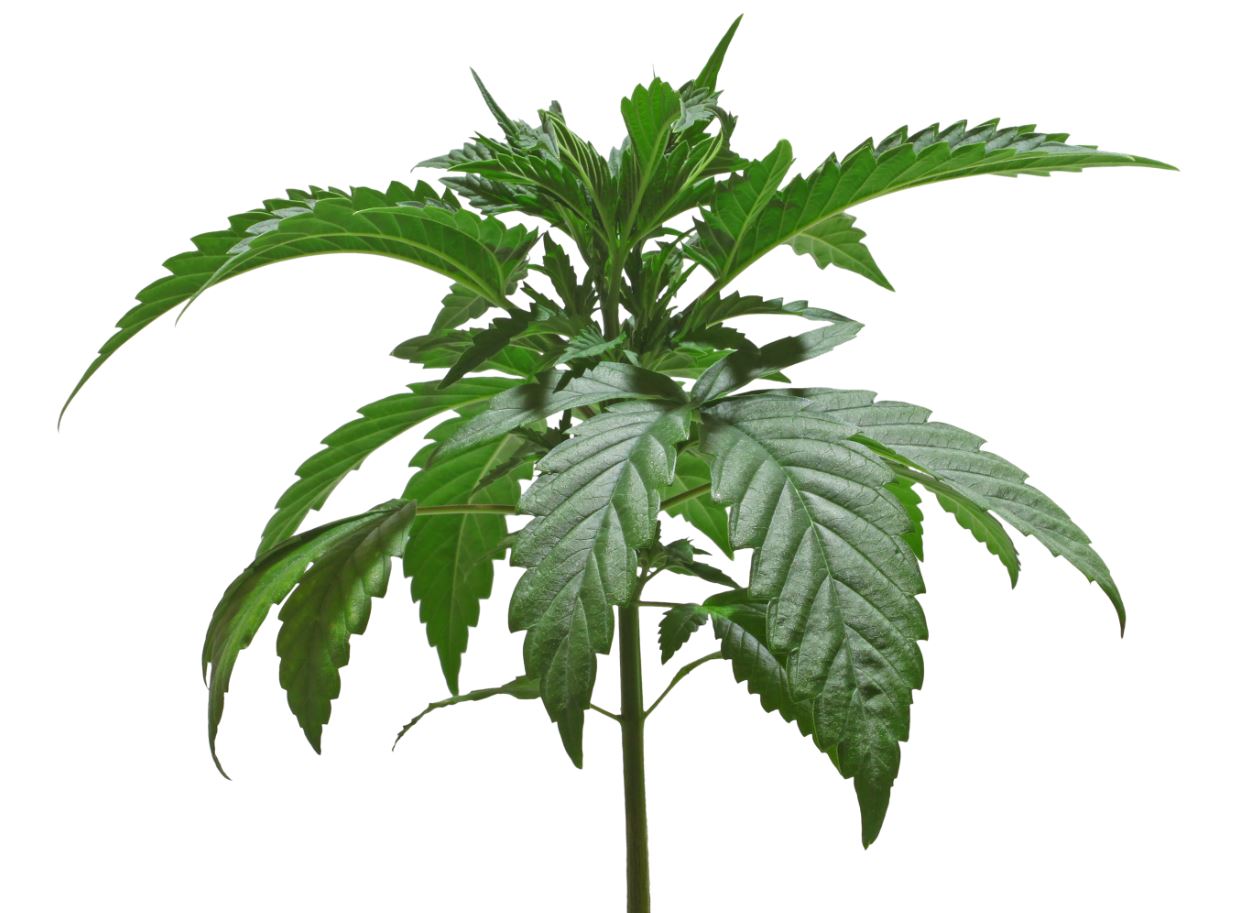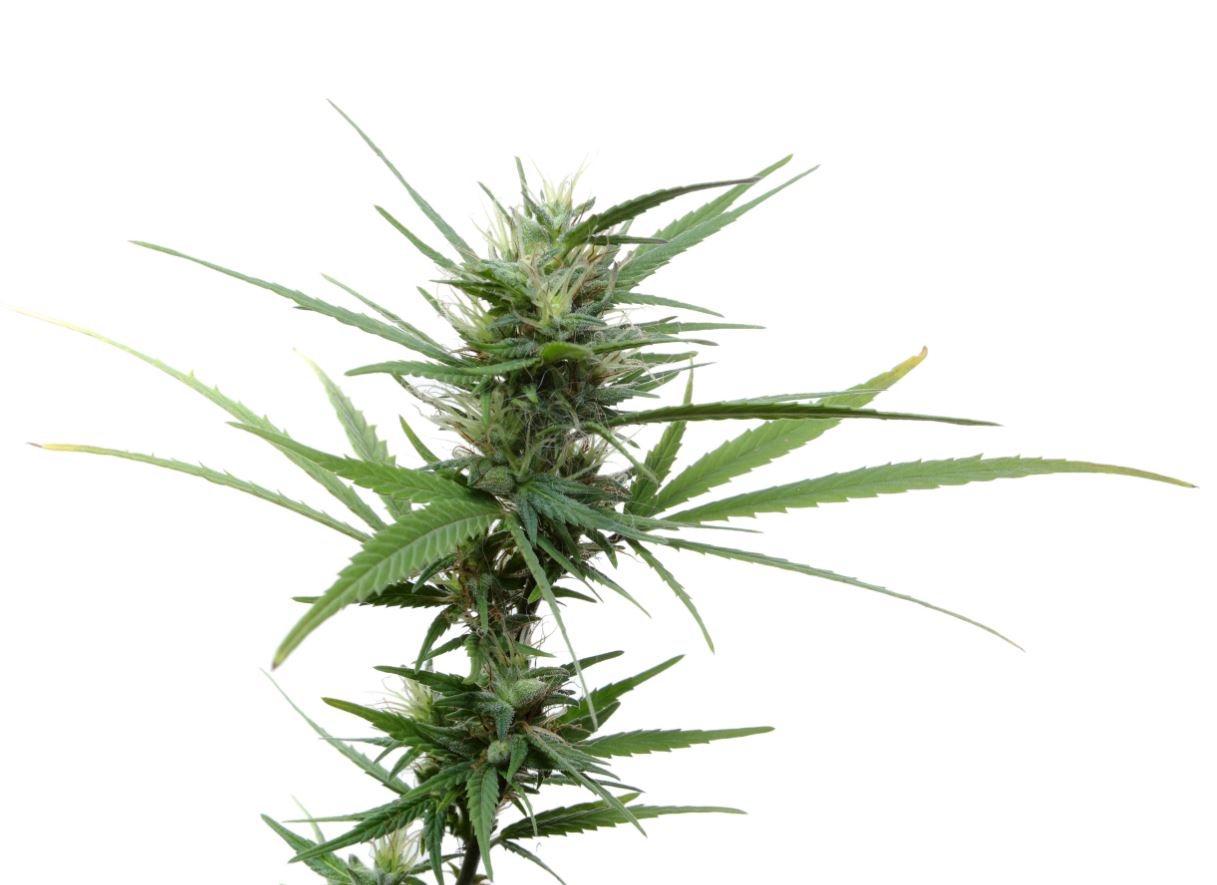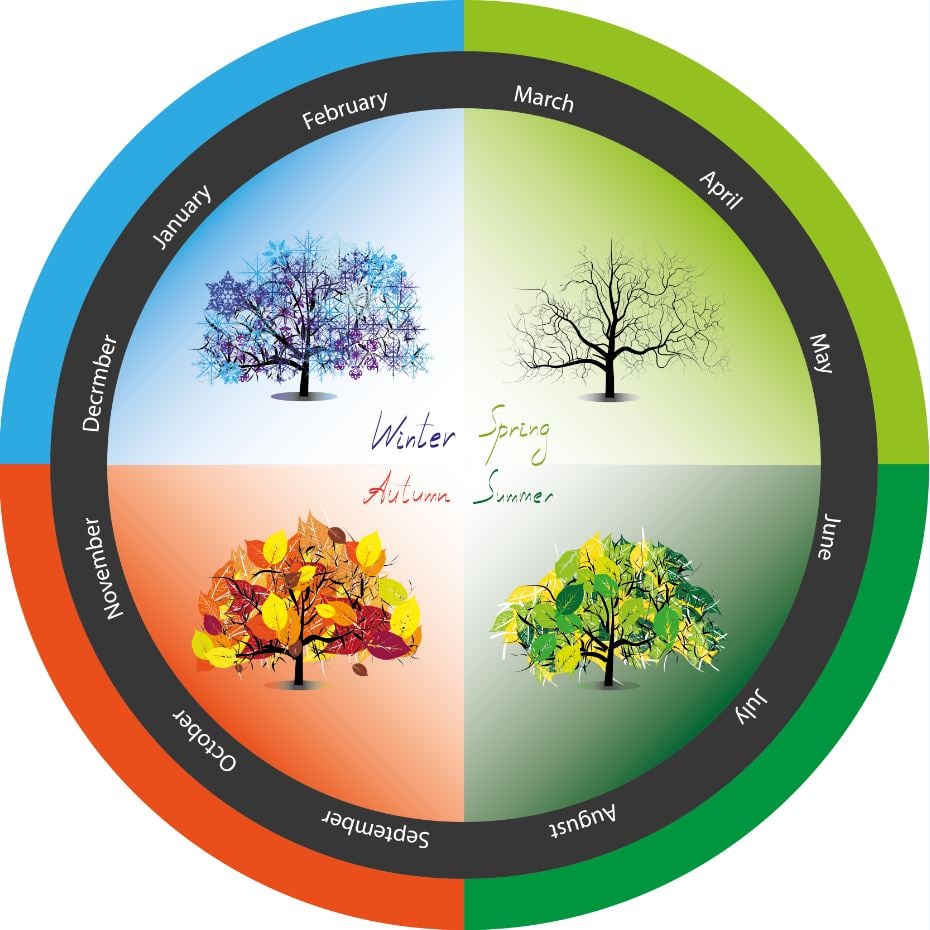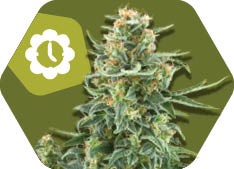Lighting schedules for cannabis plants
Published :
Aug 19, 2016
Categories :
Cannabis cultivation

No other plant depends so much on light as cannabis does. Cannabis plants don’t just require a substantial amount of light to produce fat and juicy buds during flowering. Unless we’re dealing with autoflowering cannabis plants, the lighting schedule (the amount of light received each day) decides whether our plants keep on growing or start with the flowering phase where they will produce buds. Short: Knowing about how lighting schedules influence cannabis plants is essential for growing success. Here in this blog post, we look at how much light your photo period cannabis plants require to grow and to bud successfully.
VEGETATIVE PHASE AND FLOWERING PHASE OF CANNABIS PLANTS
When we grow cannabis plants that rely on photo period - that is, plants that will not flower automatically - we’re normally making a distinction between cannabis plants that are in the vegetative (growing) stage and those in the flowering (budding) stage.
VEGETATIVE GROW STAGE

Under a vegging lighting schedule, such as the typical “18/6” lighting schedule you can keep your plants in the vegging/growing phase as long as you want, even for years. Growers will usually set a goal when they want to switch plants to flowering, say when their plants have reached a certain size. When you know that cannabis plants will often stretch to 2-3x their current size during flower, it can be a good idea to initiate flowering when the plants reached about half the height of what would make sense for your growing space. Know that the amount of stretch that you can expect in flower can vary depending on what strain you grow.
One other reason to want cannabis plants “vegging” for an indefinite time could be if you have mother plants from which you want to take clones. You can keep such mother plants growing for years if you keep them under a vegging lighting schedule.
24 HOURS LIGHTING SCHEDULE FOR VEGGING?
There is a debate among growers whether having cannabis under a 24 hours lighting schedule for vegging is preferred to a 18/6 lighting schedule, although there is no definite answer. Many cultivars prefer an 18/6 lighting schedule because of the energy savings as compared to having the light on all the time. Some growers might also tell you that plants benefit from a dark phase for root growth while others say it doesn’t matter. While we recommend you stick with the more common 18/6 lighting schedule for the vegetative phase, you can experiment if you want to see whether a 24 hours light phase for vegetative growth would indeed benefit your plants’ growth. Feel free to let us know about your findings!
FLOWERING PHASE

What is very important once we initiate our plants’ flowering cycle with a longer darkness period of 12 hours is that this period of darkness is never interrupted. Even a small amount of light during the dark phase could trigger our plants to “re-veg” again, something you will definitely want to avoid. This is why an indoor growing area such as a grow tent should be 100% light proof so as to not allow any other light to enter which could disrupt the plants’ flowering cycle.
LIGHTING SCHEDULES OUTDOORS

Outdoors, we don’t have this control. We’re entirely dependent on the natural light cycles that change with the seasons. You will possibly know that natural daylight hours increase day after day following the Winter solstice. In the northern hemisphere, days will become “longer” until the longest day at the Summer solstice in June. From there one, days will become “shorter” again.
Growers who grow plants outdoors know about those cycles. If we want to plant and to grow cannabis outdoors we need to know about the right time of the year when plants will grow and when they will naturally start to flower. This is why growers normally plant cannabis outdoors in Spring where the nights are still short enough to not trigger flowering but there is already abundant sunlight and moderate temperatures for proper growth. The plants will normally start to flower in late Summer/early Fall, when the plant “sees” that the days are getting shorter and the nights become longer.
The issue with needing to be aware of the natural daylight schedule becomes especially important when we start plants indoors under a fixed lighting schedule and plan to move them outdoors later. Possible problems here could be that setting plants outside at the wrong time of the year could make flowering plants stop flowering and make them grow again (“re-veg”) which can affect the harvest negatively. Another thing to look for is that plants that you want to grow outdoors would not prematurely start to flower. Indoor growers who plan to move plants outdoors and want to avoid those issues normally know about the best time to do so. Many growers for example chose June 1st when they put plants outside to avoid any premature pre-flowering. Some growers who start plants which they plan to move outdoors are adjusting their indoor grow-light schedule to that of the natural sunlight hours so that both would match.
AUTOFLOWERING CANNABIS PLANTS
 It is not too difficult to control your cannabis plant’s lighting schedule with a grow light that is plugged into a timer. You can simply have your plants on an 18/6 lighting schedule during their vegetative phase and switch to a 12/12 schedule when it’s time to flower. On the other hand, some growers may prefer not having to deal with lighting schedules at all. Those growers can grow autoflowering cannabis plants, cannabis that is entirely independent from a lighting schedule.
It is not too difficult to control your cannabis plant’s lighting schedule with a grow light that is plugged into a timer. You can simply have your plants on an 18/6 lighting schedule during their vegetative phase and switch to a 12/12 schedule when it’s time to flower. On the other hand, some growers may prefer not having to deal with lighting schedules at all. Those growers can grow autoflowering cannabis plants, cannabis that is entirely independent from a lighting schedule.
We can look at autoflowering plants as having some sort of an “internal clock”. The entire growing cycle from seed to harvest for autoflowers is normally about 3 months Autoflowers will grow for some weeks and then automatically start to flower after a set time, regardless of lighting schedule. Because of that, autoflowering cannabis plants can be an interesting option especially for less experienced growers.
Understand how lighting schedules affect cannabis plants in the vegetative phase and flowering phase and the growth phases of your plants are entirely under your control! With this knowledge you are one big step further on the way to become a successful cannabis cultivar!






































